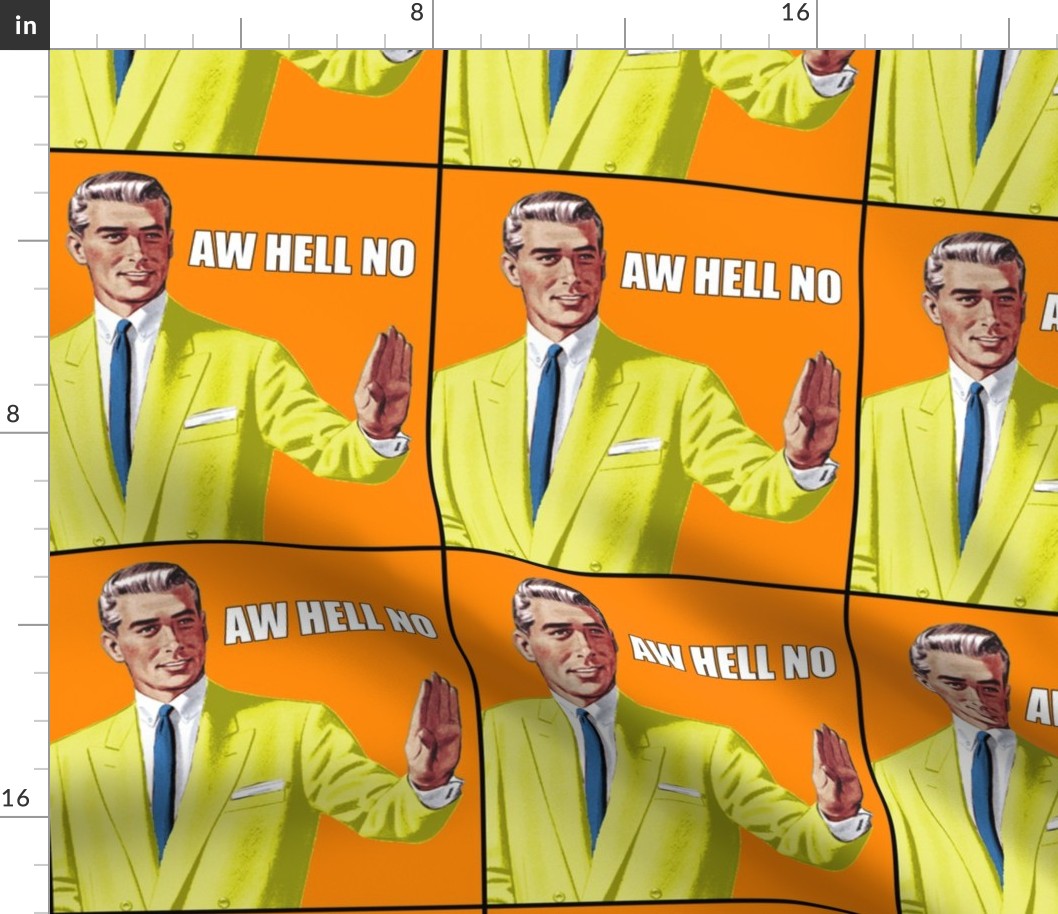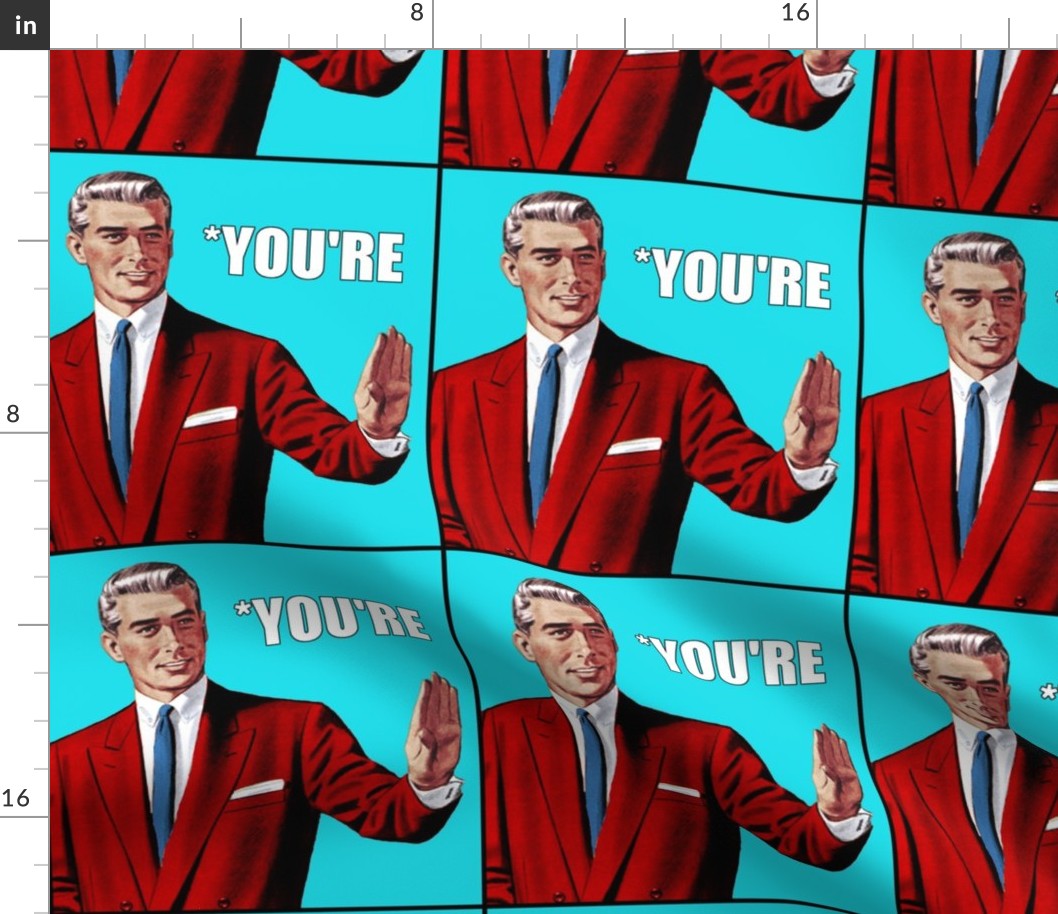The Rise of the Correction Guy: internet‘s Unofficial Grammarian, Stylist, and Hierarchy Enforcer
The internet, a sprawling landscape of information and opinion, is a chaotic place. Amidst the memes, the viral videos, and the endless scroll of social media, a peculiar figure has emerged: the Correction Guy. This individual, often uninvited and sometimes unwelcome, dedicates their time to pointing out errors, suggesting improvements, and, in a particularly niche subset, enforcing a rigid hierarchy of HTML tags.
While the internet is a space for free expression, it also breeds a certain level of anxiety about presentation. Misspellings, grammatical blunders, and formatting inconsistencies can detract from the intended message, leading to misinterpretations and even ridicule. Enter the Correction Guy, a digital vigilante armed with a keen eye for detail and an unwavering commitment to accuracy.

The Correction Guy isn’t a monolithic entity. Their motivations and methods vary widely. Some are genuinely helpful, offering constructive criticism to improve clarity and readability. Others are more pedantic, driven by a need to assert their perceived intellectual superiority. And then there are the HTML purists, fixated on the proper use of tags, particularly the often-misunderstood distinction between list items (“) and headings (`
` or `
`).
The Helpful Grammarian: This type of Correction Guy is driven by a desire to improve communication. They might correct a misspelling, suggest a better word choice, or explain a grammatical rule. Their corrections are usually accompanied by a polite explanation, making them more palatable to the recipient.
` or `
` tags are more appropriate.
`/`
` Debate:
The heart of the HTML Hierarchy Zealot’s crusade lies in the semantic meaning of these tags.

“ (list item): This tag is used to create items within an ordered (“) or unordered (“) list. It signifies a collection of related items.
`/`
` (headings): These tags are used to create headings within a document, indicating the structure and hierarchy of the content. `
` represents a second-level heading, while `
` represents a third-level heading, and so on.
` represents a second-level heading, while `
` represents a third-level heading, and so on.
The Zealot argues that using “ tags for content that isn’t part of a list violates the semantic meaning of the tag, making the content less accessible to screen readers and search engines. They believe that headings should be used to create a clear and logical structure for the content, improving its overall usability.
Semantic Correctness: They prioritize the semantic accuracy of HTML, believing that tags should be used according to their intended purpose.

While the Zealot’s arguments have merit, they are not without counterarguments.
Practicality: In some cases, using “ tags may be more practical or visually appealing than using headings.
The Correction Guy’s behavior can be analyzed from a psychological perspective.
Control: Correcting others can provide a sense of control in a chaotic online environment.
The Correction Guy’s impact on the internet is complex and multifaceted.
Improved Quality: They can contribute to improved quality and accuracy of online content.
How should one respond to the Correction Guy?
Consider the Source: Evaluate the Correction Guy’s credibility and motivations.
As the internet continues to evolve, the role of the Correction Guy may also change. Artificial intelligence and machine learning are increasingly being used to automate grammar and style checking, potentially reducing the need for human correction. However, the human element of correction, with its nuanced understanding of context and intent, will likely remain important.
The Correction Guy, whether helpful or pedantic, is a fixture of the internet landscape. They serve as a reminder that even in a space of free expression, there are standards and expectations. Whether they are enforcing semantic correctness or simply seeking validation, their presence highlights the ongoing tension between freedom and order in the digital age. Ultimately, the internet is a shared space, and navigating its complexities requires a balance of tolerance, understanding, and a willingness to learn. And perhaps, a little bit of humor when you find your “ tags have been transformed into `



